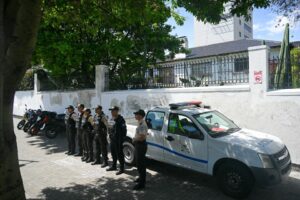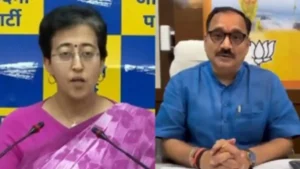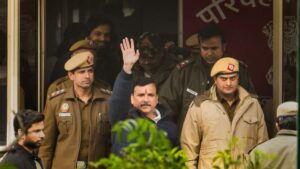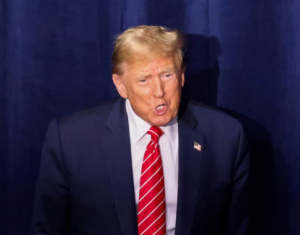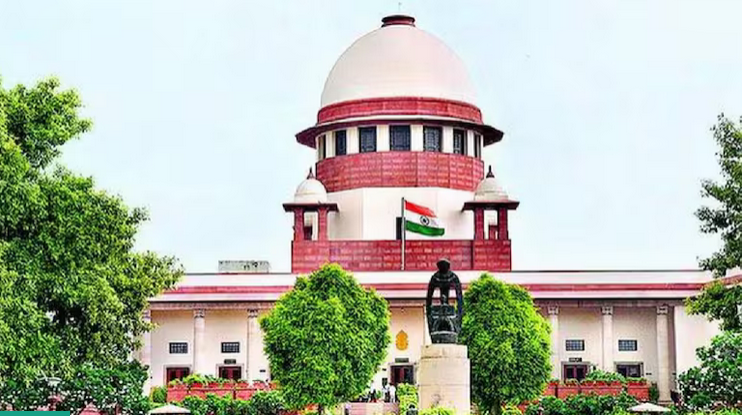
EVM-VVPAT Case: Supreme Court rejects pleas seeking 100% cross verification
The Supreme Court on April 26 rejected pleas seeking cross-verification of the votes cast in electronic voting machines (EVMs) with Voter Verifiable Paper Audit Trail (VVPAT) .
The apex court suggested having an electronic machines for counting votes, and bar codes on voting slips.
Supreme Court said request for verification of microcontroller of EVMs can be made within 7 days of declaration of poll results upon payment of fees.
If EVM is found tampered during verification, fee paid by candidates will be refunded, said the top court.
Supreme Court allowed verification of microcontroller of EVMs by manufacturer after poll results on request of candidates who stand second, third.
The order comes days after India began voting for Lok Sabha elections on April 19, with votes due to be counted on June 4.
“We have given two directions. One direction is after the completion of symbol loading process, the Symbol Loading Unit should be sealed. The SLU should be stored at least for a period of 45 days. The burnt memory in the microcontroller EVM shall be checked by a team of engineers after the declaration of results on a request by candidates in serial number 2 and 3, such a request to be made within 7 days after the declaration of results.
“The expenses for the verification (of the program) to be borne by the candidates making the request, in case the EVM is found to be tampered, the expenses will be refunded,” said Supreme Court.
A bench of justices Sanjiv Khanna and Dipankar Dutta had on April 24 reserved the plea for judgment for the second time after they relisted it for getting some clarification from the Election Commission of India (ECI). The court asked the ECI about the availability of Symbol Loading Units (SLU) and safety of micro controllers among other things.
An EVM comprises three units — ballot unit, control unit and the VVPAT. All three are embedded with microcontrollers which have a burnt memory from the manufacturer. Currently, VVPATs are used in five booths per assembly constituency.
The apex court had on April 18 reserved the case for judgment after various lawyers representing the petitioners, an official from the Election Commission of India (ECI) and senior advocate Maninder Singh, who appeared for the ECI.
On April 16, the SC dismissed the request of the petitioners to revert to paper ballot and observed that it would not be practical for a country of the size of India to return to paper ballots, considering the population and other factors.
“What is the population of Germany and what is the population of India ? We are in our 60s now and we know what used to happen earlier when there were paper ballots.” Dipankar Dutta further observed that his home state West Bengal has more population than Germany.
The reliability of VVPAT systems has been questioned for a while. Many critics have cited instances of malfunctioning printers, paper jams, and discrepancies between electronic and paper records.
This is not the first time that the matter has reached the top court. On April 8, 2019, the Supreme Court had directed the electoral commission to raise the number of EVMs subjected to VVPAT physical verification from one to five per assembly segment in a Lok Sabha constituency.













